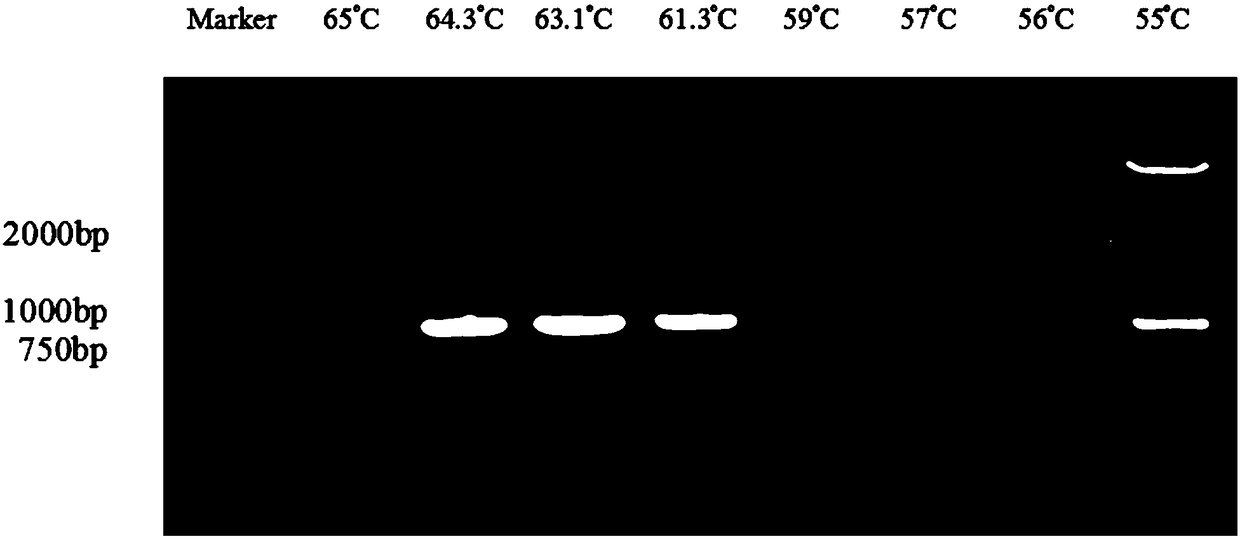HCBP 6 (Hepatitis C Virus Core-Binding Protein 6) gene knockout cell line and construction method thereof
A gene knockout and cell line technology, applied in the field of molecular biology, can solve problems such as incompleteness and instability of the HCBP6 method
- Summary
- Abstract
- Description
- Claims
- Application Information
AI Technical Summary
Problems solved by technology
Method used
Image
Examples
Embodiment 1
[0051] Example 1. Knockout of the HCBP6 gene in liver cancer cells HepG2 based on CRISPR-Cas9
[0052] 1. Human HCPB6 gene knockout sgRNA design
[0053] According to the National Center for Biotechnology Information (NCBI), the human HCBP6 gene is located on chromosome X of the human genome, with a full length of 30128 bp, and its protein coding sequence is 151..283 (SEQ ID No.1), 6615. .6765 (SEQ ID No.2), 19721..19796 (SEQ ID No.3), 24882..25013 (SEQ ID No.4), 27807..27884 (SEQ ID No.5), encoding the above 5 segments Enter the sequences into the sgRNA online design website: http: / / crispr.mit.edu / , select unique genomic region (23-500nt) in the sequence type column (sequence type), find out the series of sgRNA, and add the lentiCRISPRV2 vector ( figure 1 ) on the reverse complementary sequence to design the sgRNA of the gene to be knocked out.
[0054] This polyoligonucleotide should be complementary to the 20bp base in front of the NGG PAM (proto-spacer adjacentmotif) at ...
PUM
 Login to View More
Login to View More Abstract
Description
Claims
Application Information
 Login to View More
Login to View More - R&D
- Intellectual Property
- Life Sciences
- Materials
- Tech Scout
- Unparalleled Data Quality
- Higher Quality Content
- 60% Fewer Hallucinations
Browse by: Latest US Patents, China's latest patents, Technical Efficacy Thesaurus, Application Domain, Technology Topic, Popular Technical Reports.
© 2025 PatSnap. All rights reserved.Legal|Privacy policy|Modern Slavery Act Transparency Statement|Sitemap|About US| Contact US: help@patsnap.com



